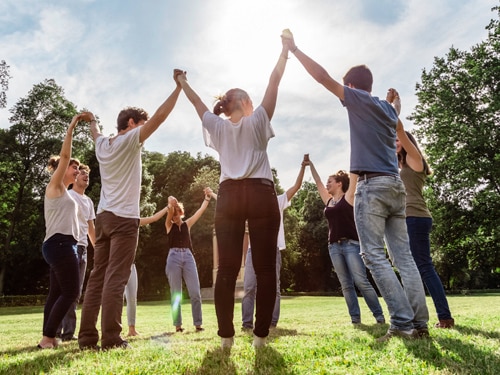The primary goal of this course is to examine the concepts, theories, and sociological analyses of social movements in Iran and other nations. The class is divided into three sections. The first portion of the class covers the fundamental definitions, theories, and theorists of social movements, as well as the many types of social movements and their historical developments from the late eighteenth century to the present day. This section will cover significant shifts in movement direction and occupation, as well as internal dynamics of movements and their link to and involvement in social change (4 sessions).The second section of the program focuses on Iran’s social movements since the turn of the century. In class, we’ll talk about the four major movements in current Iranian history. First, the constitutional movement will be explored, as well as its major objective and discourse, as well as the social and political implications of the Revolution of 1285. Another component of the class is the oil nationalization movement, which is based on the events of the 1320 to 1332 coup. Among the subjects explored are the emergence of leftist and nationalist parties and civil society organizations (trade unions, women’s organizations), women’s participation, and the intellectual discourses of this movement. Another significant chapter in the class is the 1978 Revolution, which was a large-scale social movement. This section of the lesson covers themes such as Farahmand leadership, Islamist participation, the types of socioeconomic classes and organizations that participated, and the revolution’s process and internal dynamics, as well as its outcome. The Green Movement (2009) and its primary aspects in the context of modern Iranian society are the last social movements examined in this lecture. This class will cover the primary players in the Green Movement, their roles and how to organize them, existing discourses and intellectuals’ roles, the main contrasts between this movement and other social movements, and the role of technology and new social media in the movement process. It’ll be (4 sessions). Contemporary movements in other countries, particularly new movements in the West or so-called Arab Spring movements, and their differences and similarities with the Iranian experience will be discussed in the third part of the session. The purpose of this lesson is to critically re-read existing theories of social movements by looking at Iran’s and other nations’ experiences. The social contexts of social movement formation and their role in contemporary developments in Iran and the world, as well as the relationship between social movements and government and civil society and their role in the development of modernity and democracy, as well as the secularization of society, will be discussed. Another essential class subject is the role of intellectual discourses in each of the movements, as well as their effect and role, as well as the significant changes that have occurred in this field in recent decades. When studying social movements in Iran, it’s also important to consider the types of activity and engagement of social actors, as well as how they have changed through time and the leadership styles of these movements. In class, the key topics of debate regarding social movements (internal dynamics, historical memory, actor subjectivity, technology’s role, etc.) will be explored.


